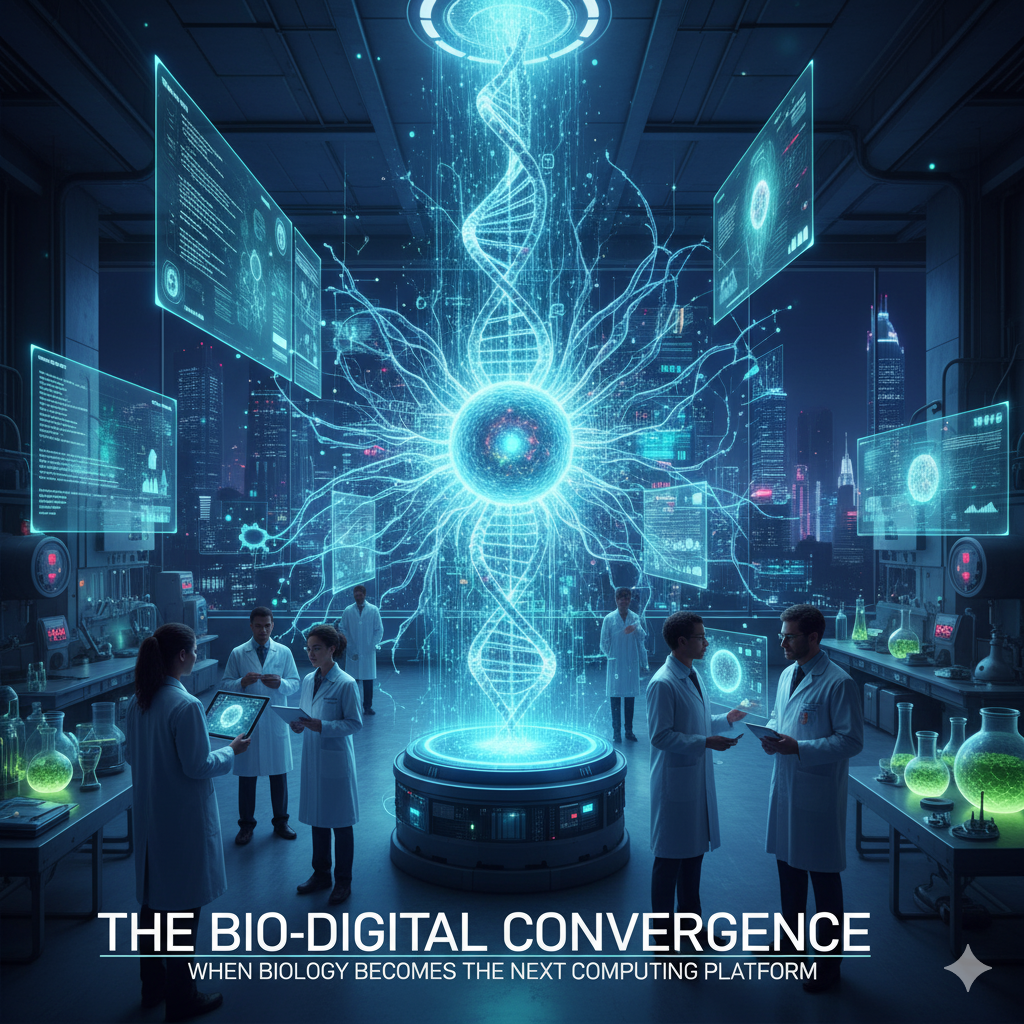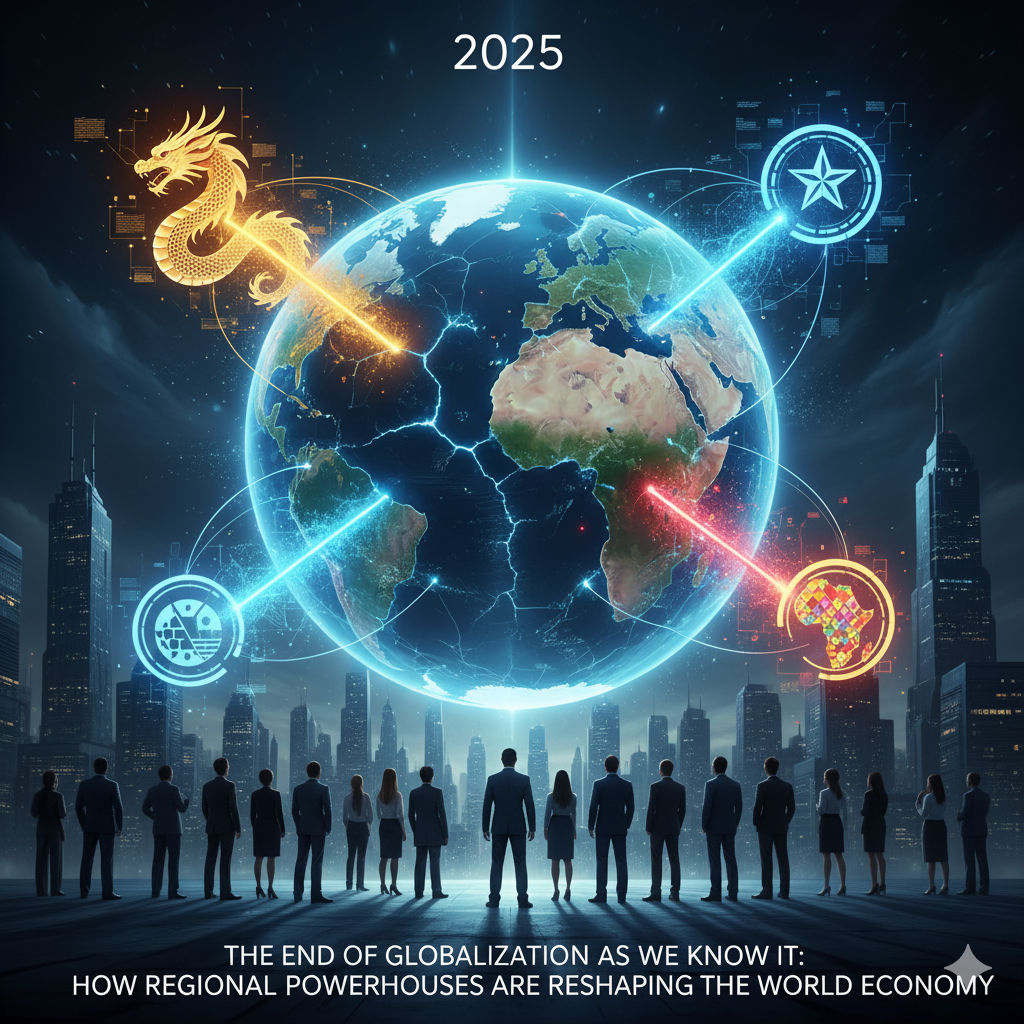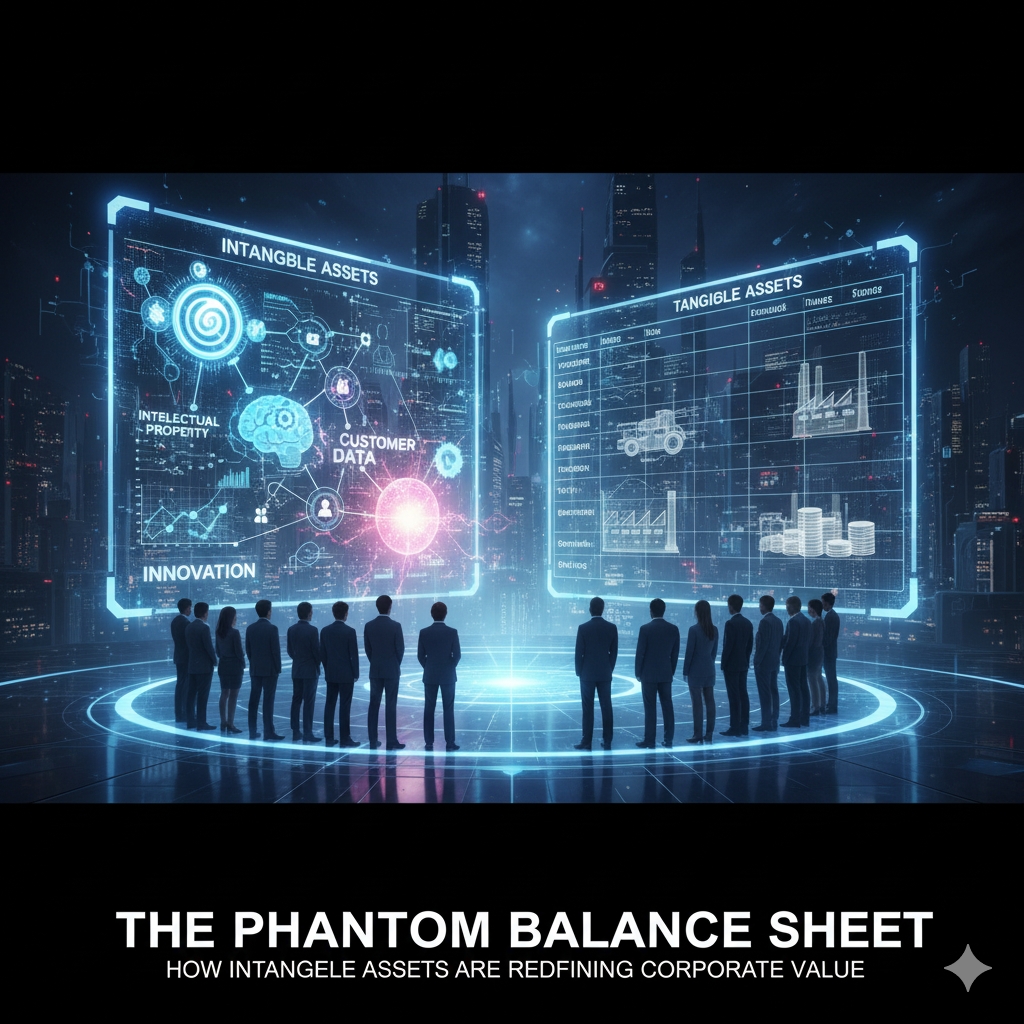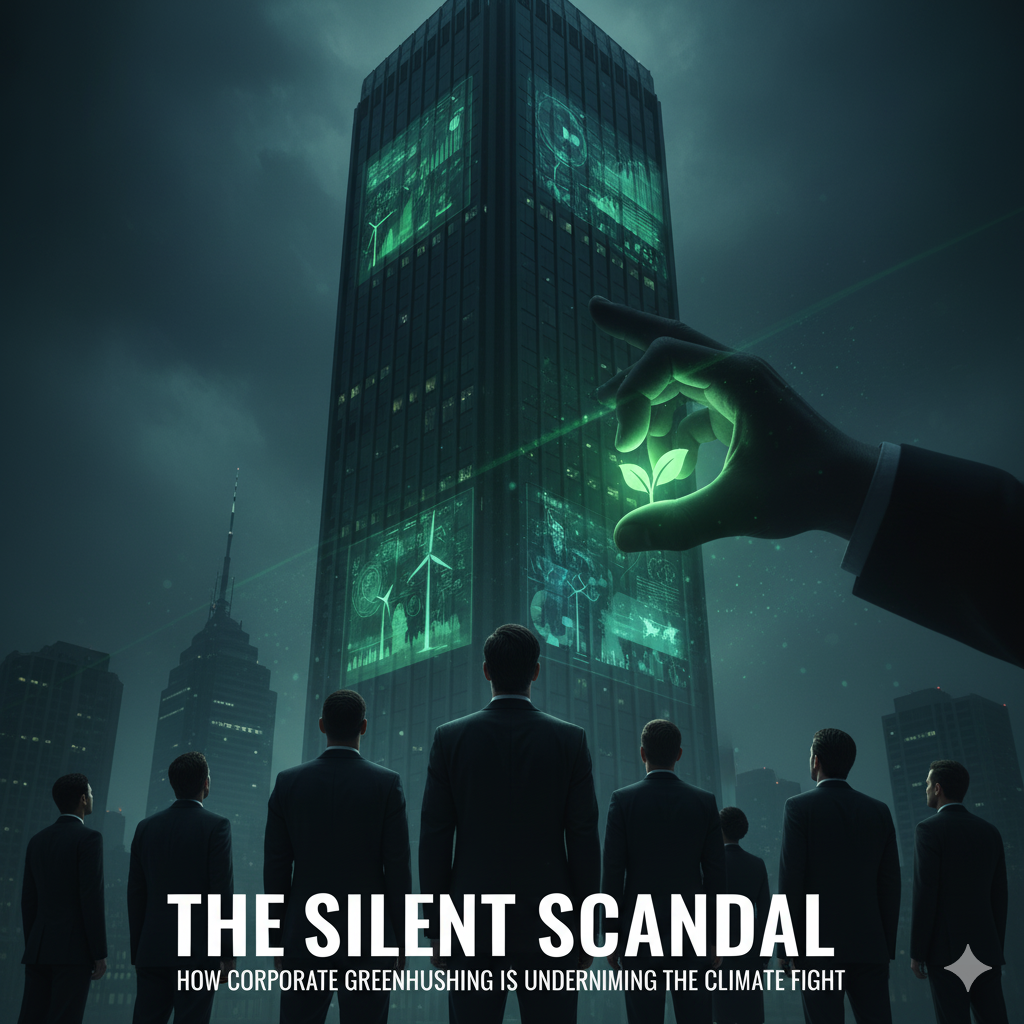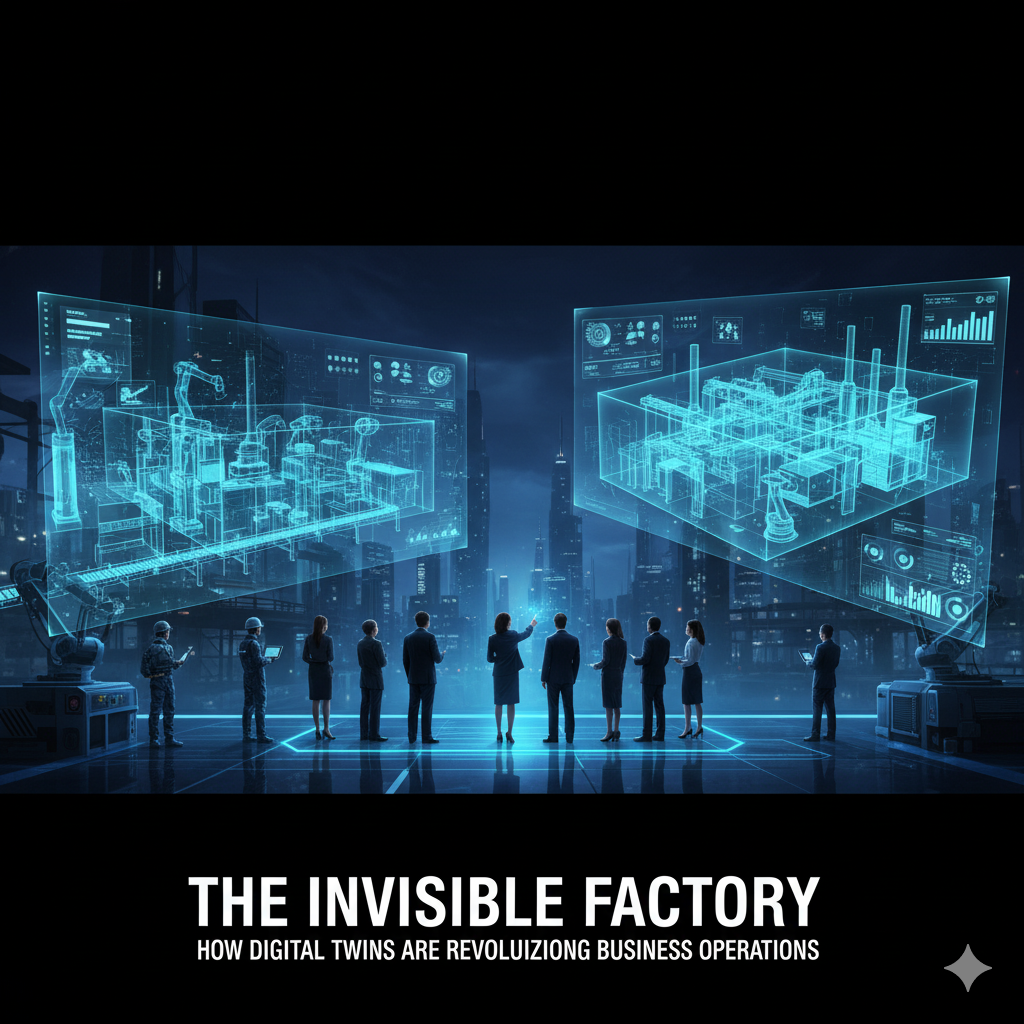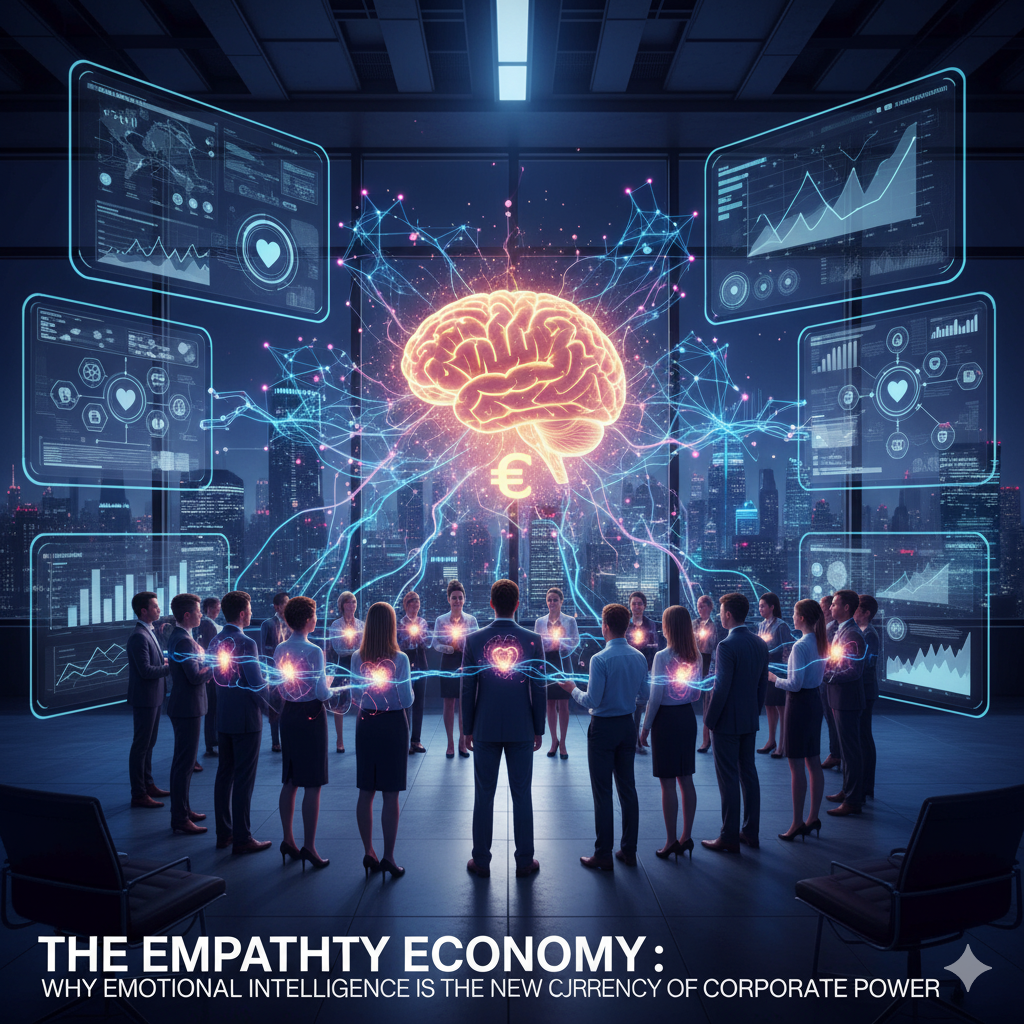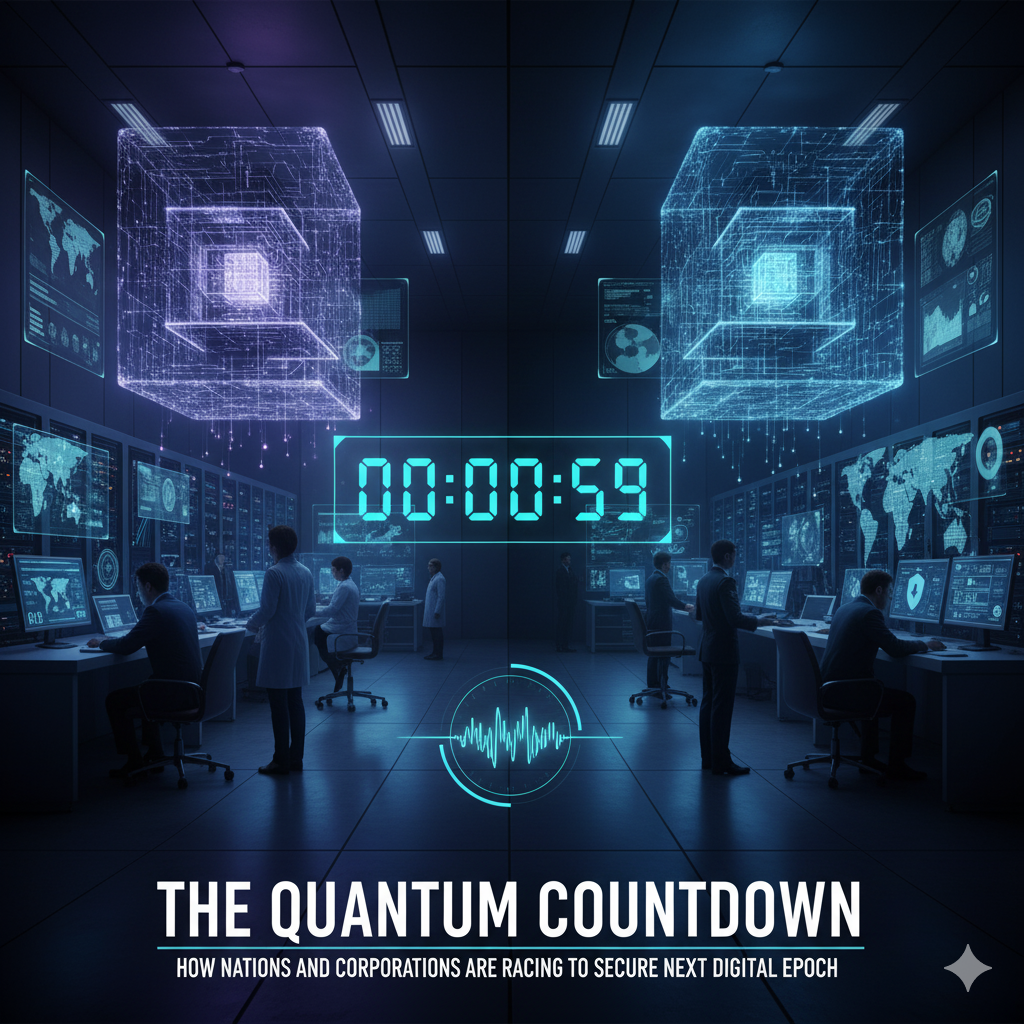For over half a century, progress has been defined by silicon. Moore’s Law—the prediction that computing power would double roughly every two years—has been the engine of the modern world. But we are approaching its physical limits. The next great technological revolution will not be built on a faster transistor; it will be built on a living cell. We are at the dawn of the Bio-Digital Convergence, a fundamental shift where biology is no longer just a subject of study but is becoming an engineering discipline. We are learning to read, write, and edit the code of life, and in doing so, we are turning biology into the most powerful and sustainable computing platform the world has ever seen.
The Three Pillars of the Bio-Digital Revolution
This convergence is not a single technology but a fusion of multiple fields, creating a new paradigm for problem-solving. It rests on three revolutionary pillars:
Read: The Sequencing Revolution
The ability to “read” DNA has transformed from a multi-billion-dollar, decade-long endeavor (the Human Genome Project) into a $100, 24-hour process. Companies like Illumina and Oxford Nanopore have democratized access to genetic information. This is not just about reading human genomes; it is about sequencing the entire biosphere—every microbe, plant, and animal—creating a vast, searchable library of biological solutions that evolution has spent billions of years refining. This library is the raw source code for the next era of innovation.Write: The Synthesis Revolution
If sequencing is reading the code, synthesis is writing it. The field of synthetic biology allows us to design and print DNA from scratch. Companies like Ginkgo Bioworks act as “programmers for biology,” designing custom microorganisms in supercomputers and then printing the DNA to bring them to life. This enables us to engineer yeast to produce rose oil without roses, bacteria to secrete spider silk, and cells to manufacture life-saving drugs on demand. Biology is becoming a programmable manufacturing platform.Edit: The CRISPR Revolution
The most precise tool in the kit is gene editing, pioneered by technologies like CRISPR-Cas9. This allows scientists to act as biological software developers, making precise “find-and-replace” edits to the code of life. This is moving beyond therapeutic applications (like curing sickle cell anemia) into agriculture (creating drought-resistant crops), materials science, and even data storage.
The New Frontier: Biological Computing and Data Storage
The most mind-bending application of this convergence is the use of biology itself as a computational substrate. Silicon is hitting a wall; biology offers a radically different path.
DNA Data Storage: The world is generating data faster than we can store it. Hard drives degrade, and data centers consume immense amounts of energy. DNA offers a solution. A single gram of DNA can hold 215 petabytes (215 million gigabytes) of data. Microsoft and the University of Washington have already demonstrated the ability to store and retrieve digital files in DNA sequences. This data, stored in a sugar cube-sized vessel, could remain readable for thousands of years, solving both the density and longevity problems of digital storage.
Cellular Computers: Scientists are engineering living cells to perform logical operations, turning them into tiny, self-replicating computers. These cellular computers can be deployed inside the human body to diagnose disease. Imagine a probiotic yeast that, upon detecting a specific tumor biomarker in your gut, switches on a metabolic pathway to produce and release a therapeutic molecule. The diagnosis and treatment happen autonomously, inside the body, with zero external energy input. This is the promise of biological computing: distributed, self-assembling, and energy-efficient.
The Economic Disruption: From Factories to Fermentation
The bio-digital convergence is poised to reshape the foundation of global manufacturing. The traditional model of extracting resources and assembling them in noisy, polluting factories is being challenged by fermentation-based production.
The Supply Chain of the Future: Instead of shipping rare materials across the globe, we will ship genetic sequences over the internet. A local “bio-foundry” can download the code for a new material and program a vat of microbes to brew it. This de-risks geopolitical supply chains for everything from rare earth elements for electronics to palm oil for consumer goods.
Sustainable Everything: Companies like LanzaTech are capturing carbon emissions from industrial plants and using engineered bacteria to convert them into useful chemicals and fuels. Bolt Threads created a lab-grown leather from mycelium (mushroom roots). This is a shift from a linear, extractive economy to a circular, bio-based one, addressing the twin crises of resource depletion and climate change simultaneously.
The Geopolitical and Ethical Firestorm
As with any transformative technology, the bio-digital convergence brings profound risks and ethical dilemmas that will define the coming decades.
The Biosecurity Dilemma: The same tools used to engineer a cancer-killing virus could, in the wrong hands, be used to engineer a pathogen. The democratization of DNA synthesis makes “bio-hacking” a real and terrifying possibility. This creates a new arms race in biosecurity and surveillance, where nations must develop the ability to detect and respond to engineered biological threats.
The Genetic Divide: A new form of inequality could emerge: the genetic divide. Will gene therapies and enhancements be available only to the wealthy, creating a literal genetic upper class? The ethical questions surrounding human germline editing (changes that can be inherited) are among the most profound humanity has ever faced.
Intellectual Property and “Bio-Piracy”: Who owns the code of life? The patent battles over CRISPR technology were just the beginning. As companies sequence and patent genes from rainforests and oceans, we face a new wave of “bio-piracy,” where indigenous knowledge and natural biological capital are exploited for corporate profit.
Case Study: Moderna – The Blueprint of a Bio-Digital Company
The COVID-19 pandemic provided the world’s first real-time case study of the bio-digital convergence in action. Moderna is not a traditional pharmaceutical company; it is a digital biology company. Their “product” is not a chemical compound, but information—mRNA sequences.
When the genetic code of the SARS-CoV-2 virus was published online, Moderna’s team designed their vaccine in silico (on a computer) in just two days. The rest of the time was spent in clinical trials and manufacturing. Their manufacturing process is akin to programming: the digital mRNA sequence is fed into a system that produces the biological product. This digital-native approach allowed for unprecedented speed and agility, showcasing the power of treating biology as an information technology.
Strategic Outlook: The Next Decade of Programming Life
The 2030s will be defined by the maturation of this convergence. Key trends to watch include:
The Rise of the Bio-CAD: Computer-Aided Design (CAD) software for biology will become as sophisticated as tools for designing skyscrapers or microchips, allowing for the rapid prototyping of complex genetic circuits.
The Mainstreaming of Personalized Medicine: Cancer treatments, regenerative therapies, and preventative care will be fully customized to an individual’s genetic makeup, moving us from a one-size-fits-all model to a “N-of-1” therapeutic paradigm.
The Commoditization of Biology: As DNA synthesis becomes cheaper and more accessible, a vibrant “bio-economy” will emerge, with startups and individuals engineering biological solutions to local problems, from cleaning up oil spills to creating new food sources.
Conclusion: The Responsibility of Playing Genesis
The bio-digital convergence represents a threshold moment for our species. For the first time, we are taking conscious, directed control of evolution. This grants us the power to heal the sick, feed the hungry, and clean our planet. It also grants us the power to create existential risks and redefine what it means to be human.
The challenge for the leaders of 2025 and beyond is not merely technical or commercial; it is profoundly philosophical and ethical. We are acquiring the tools of creation. The question is no longer can we do it, but should we? The companies, governments, and societies that will thrive in this new era will be those that build robust ethical frameworks alongside their technological platforms. The future will not be built on silicon alone, but on a partnership between the digital and the living. Our task is to ensure it is a partnership of wisdom, not just of power.

